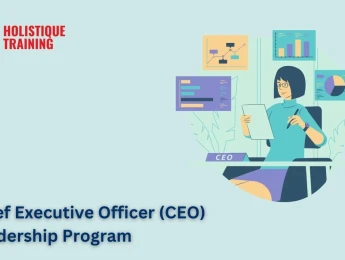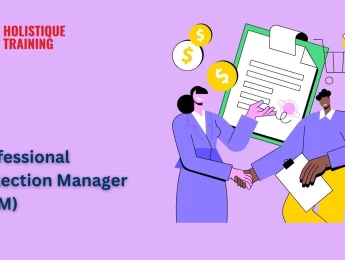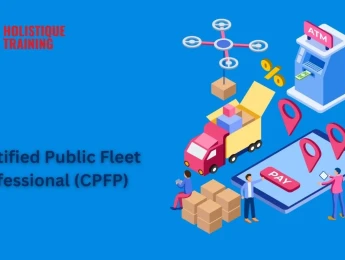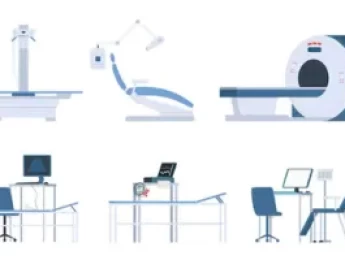A job description is essential for a company and its employees. Stating precisely what is required helps advertise the job's merits to potential employees and holds successful candidates accountable once they've accepted the role.
However, it’s a common mistake for HR personnel to only briefly outline the job role within a job description. This could make the job look more appealing but also means that you don’t ask more of your employees further down the line, as it’s not within the job description they agreed to.
If your job description isn’t thorough enough and your managers are placed in a position that requires them to performance-manage an employee, they're limited in the methods they can use because the employee may not have agreed to all the tasks you're asking of them. This can make managing a member of staff out of the business trickier.
Accurate and thorough job descriptions help the business to place responsibilities on their successful candidates and also give the candidates a better idea of their full responsibilities within the role.
Upon completion of this course, participants will be able to:
- Understand how useful a job description can be.
- Develop articulate and enticing job descriptions to motivate successful candidates.
- Cover every possible aspect of the role and potential role developments to cover any minor changes or extra responsibilities.
- Explain the required competencies and why they’re required for the role.
- Conduct a job analysis with the hiring manager to ensure all aspects are covered.
This course suits anyone responsible for hiring or managing staff or for change and control within a department. It would be most beneficial for:
- Business owners
- Managing Directors
- Operations Managers
- HR Personnel
- HR Managers
- Recruiters
- Team Managers
- Supervisors
This course uses a range of adult learning techniques to help participants understand the importance of job descriptions. Participants will participate in group activities to create accurate job descriptions that emphasise specific aspects to attract the right candidates.
They will participate in trainer-led seminars to uncover job descriptions that work well within specific fields, increase motivation and productivity among prospective and current employees, and participate in role-playing regarding performance management about roles and responsibilities.
Day 5 of each course is reserved for a Q&A session, which may occur off-site. For 10-day courses, this also applies to day 10
Section 1: How A Job Description Can Help Your Business
- What is a job description used for?
- Understanding the skills required for the job role.
- Evaluating the job role level and assigning appropriate compensation.
- Job analysis and questions raised.
- Roles and responsibilities - who should pull a job description together?
Section 2: Job Analysis Methodology
- Creating a job specification to cover all tasks.
- Definition of aims, goals, and requirements for the role.
- What is the job description advertising?
- Your candidate selection process.
- Job description terminology.
- Your competitors’ roles and how yours measure up.
Section 3: The Correct Approach to Job Descriptions According to Your Company
- How your requirements determine your methodology.
- Process steps and guidelines to create a usable framework.
- Writing content based on purpose.
- Skills-based descriptions.
- Knowledge-based descriptions.
Section 4: Writing An Effective Job Description
- The drafting process.
- Maintenance of job descriptions.
- Tricks and tools for making a job description look appealing.
- Checklists to work with your company’s strategic aims.
- Writing about needs and wants.
- Benefits vs. functions.
- Understanding and defining what you don’t want.
Section 5: Job Descriptions Based on Competency
- The definition of competency.
- Identifying advantageous competencies.
- What qualities is the best candidate required to have?
- Interviews based on the job description.
- Initial requirements and long-term aspirations in the same job descriptions.
Section 6: Performance Management Based on Job Description
- Setting out key aims.
- Managing KPIs alongside job description requirements.
- Reference to job descriptions in management meetings.
- Development program based on long-term goals.
- Setting a progression ladder based on all competencies.
Upon successful completion of this training course, delegates will be awarded a Holistique Training Certificate of Completion. For those who attend and complete the online training course, a Holistique Training e-Certificate will be provided.
Holistique Training Certificates are accredited by the British Assessment Council (BAC) and The CPD Certification Service (CPD), and are certified under ISO 9001, ISO 21001, and ISO 29993 standards.
CPD credits for this course are granted by our Certificates and will be reflected on the Holistique Training Certificate of Completion. In accordance with the standards of The CPD Certification Service, one CPD credit is awarded per hour of course attendance. A maximum of 50 CPD credits can be claimed for any single course we currently offer.
Categories
Human Resources Management (HRM),- Course Code PH1-107
- Course Format Classroom, Online,
- Duration 5 days














